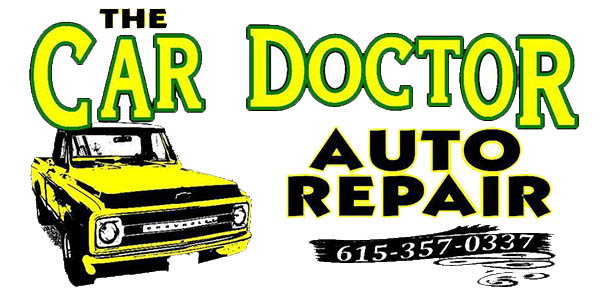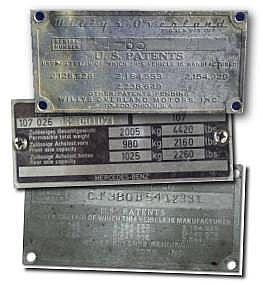

Vehicle identification numbers (also called VINs) are critical pieces of information for identifying the exact car you have and the engine that was put into it when it was built. A car‘s vehicle identification number (VIN) is the automotive equivalent of human DNA.
In the mid 1950s, American automobile manufacturers began stamping and casting identifying numbers on cars and their parts. The obvious purpose was to give an accurate description of the vehicle as mass production numbers were starting to climb to very significant numbers. Research has shown that early VINs came in all sorts of variations, depending on the car manufacturer.
In the early 1980s, the National Highway Traffic Safety Administration began requiring that all road vehicles contain a 17-character VIN. This established the fixed VIN system for major vehicle manufacturers as it is known today and thus, created a unique "DNA" style number for each unique vehicle that rolled off the assembly line.
The Vehicle Identification Number was "officially" described in ISO Standard 3779 in February 1977 and last revised in 1983.
The table below will help you locate your car's unique DNA - its unique vehicle identification number. VINs are normally located in several locations on a car, but the most common places are:

Vehicle maintenance is one of the more bothersome aspects of automobile ownership. Taking your ride into the dealer is often like having a tooth pulled--painful, but necessary. Maintenance also can be confusing: Which service interval should you follow, the "normal-duty" or "severe-duty" schedule?
Severe-duty applies to vehicles that operate under a variety of conditions. Frequent starting and stopping, excessive idling, or trips of less than five miles can lead to carbon buildup. Driving in the desert or off-road can cause the engine to ingest more airborne contaminants. Other intense scenarios include towing, operating in cold climates, and sustained high speed.
Because of the stresses involved, severe-duty schedules recommend a larger number of maintenance operations at shorter intervals. Maintenance schedules vary between manufacturers, so it's best to consult the owner's manual. Some carmakers now employ the onboard computer to calculate the maintenance interval based on the specific driver's modus operandi. Generally, the newer the vehicle, the simpler the service schedule. This is due to technological advances having reduced the number of mechanical parts that actually require maintenance.
If you own or lease a vehicle still covered by a manufacturer's warranty, you must perform the minimum recommended maintenance listed in the owner's manual or risk liability if a warrantable part fails. The manufacturer warrants the vehicle, or vehicle part, as long as it's properly serviced. Neglect the service, and you're responsible for any related failures. This can be a legal and legitimate reason for denying a warranty claim.
Review the recommended service intervals listed in the owner's manual. While those schedules may appear complicated, you'll likely see that just a few important services are repeated at various intervals.
Our Services
© 2011 - 2022
All Rights Reserved
![]() WebsitesGiveBack
WebsitesGiveBack